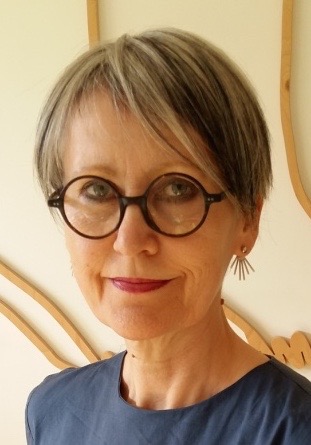Back to Work
- Elise V Allan

- Jun 10, 2020
- 3 min read
first posted September 2018

Re-introduced to Maria Popova’s wonderful Brain Pickings, I subscribed to her Sunday digest – a labyrinth of cross-referenced wisdom distilled from some of the greatest minds; writers, philosophers, mystics, psychologists… One of her links took me to an article about John Steinbeck’s journal, Working Days, which he kept while writing The Grapes of Wrath. According to Popova, it’s “a remarkable living record of his creative journey, in which this extraordinary writer tussles with excruciating self-doubt […] but ploughs forward anyway, with equal parts gusto and grist, driven by the dogged determination to do his best with the gift he has despite his limitations. His daily journaling becomes a practice both redemptive and transcendent.” She goes on to quote Steinbeck, “In writing, habit seems to be a much stronger force than either willpower or inspiration.”
I like this. Habits are do-able. Upgrading habits is challenging, but do-able. And re-establishing habits is do-able. At the moment, I’m re-establishing my regular painting habit after a spell of doing other necessary but time consuming things. I had had one short visit to the studio during this period, which I described to a friend as the equivalent of kneeling at the fridge to binge because you’re so hungry, and there’s no time to cook.
But given the opportunity to restart the habit of making more ‘nutritious’ work, I’m aware, from coaching others as well as from my own experiences of tripping myself up, of two polarised attitudes that can create difficulties. One is to dwell too much on the struggle of the creative process. This makes avoidance too appealing. The other is to approach making work with memories of peak experiences of inspiration, or with the fantasy that it will be blissful to get back to doing the thing we love most. And then it can be like when I've really missed someone, but then when we’re reunited, somehow it’s a bit awkward and the conversation is stilted, and it takes time to re-establish our rapport. And if I take the disappointment too seriously, I might not allow for the time to do that.
This is where a good meditation teacher or practice can greatly support our process as artists/writers – and many of the artists and writers I know also meditate. Perhaps, conversely, our experience in our art practices can also help us learn to meditate, for in both we have to learn to hold steady through the distractions, the lows, and even the writhing in discomfort; and also to hold steady through the moments where we feel lit up, joyful, fully alive. We learn that trying to hold on to what has passed, or dwelling on regret, are both unhelpful; there’s only this, the present moment, and how I prepare for the next.
So I approached my studio, to re-start my painting habit, and had the usual stream of distracting and avoidant thoughts, like, “I need a snack, I need a coffee, I want to do a Sudoku, I should check my emails, or my horoscope...” And just as, when sitting to meditate, we learn to recognise that the stream of thoughts is just that, a stream that passes, and we know we are here to do something else, I got to work. I worked on small, unambitious paintings on paper for a couple of days, and then moved to a bigger canvas. There were spells when it felt pointless and futile, and there were moments of pure love as colours danced, and kissed, and called to each other. It’s good to be back, either way.




Comments